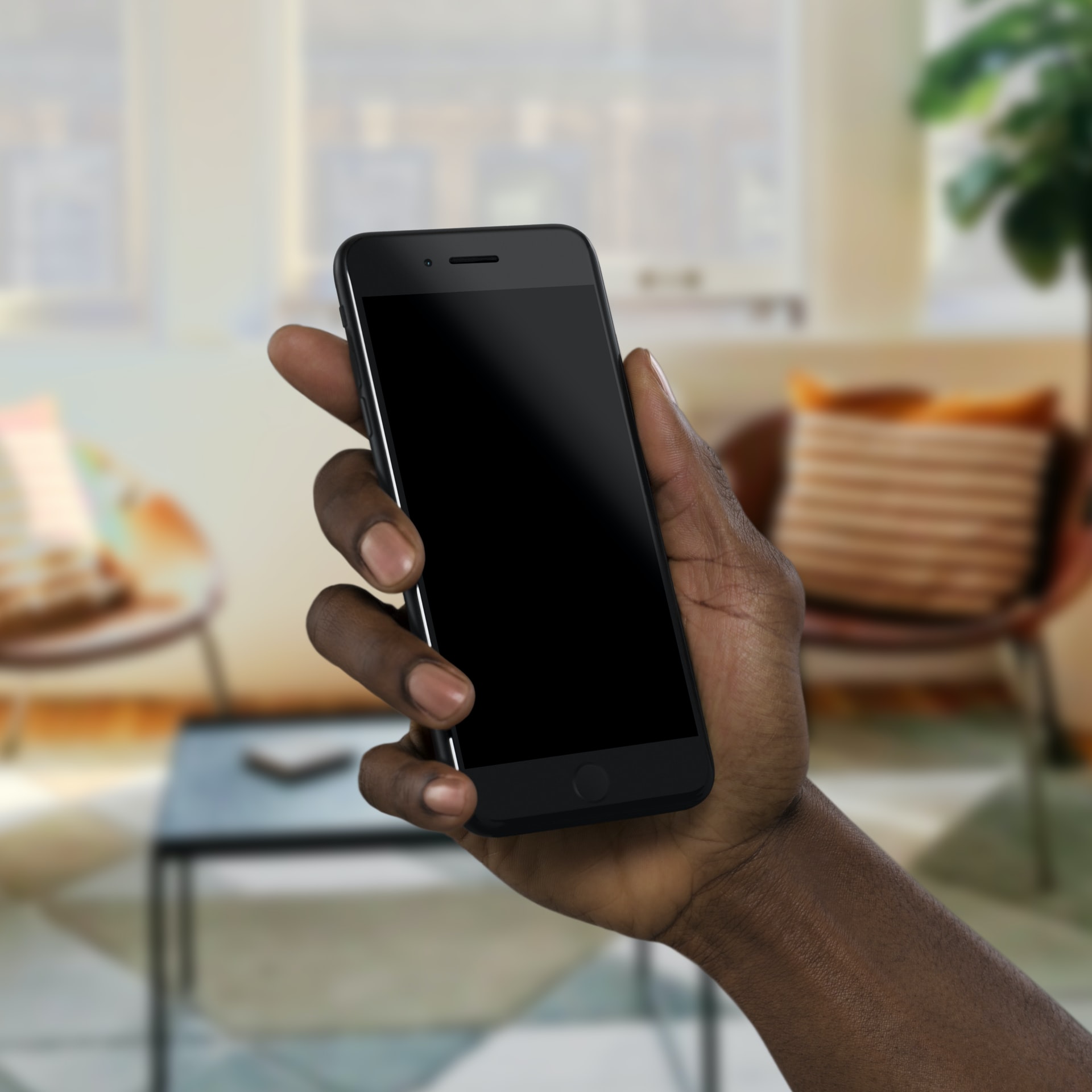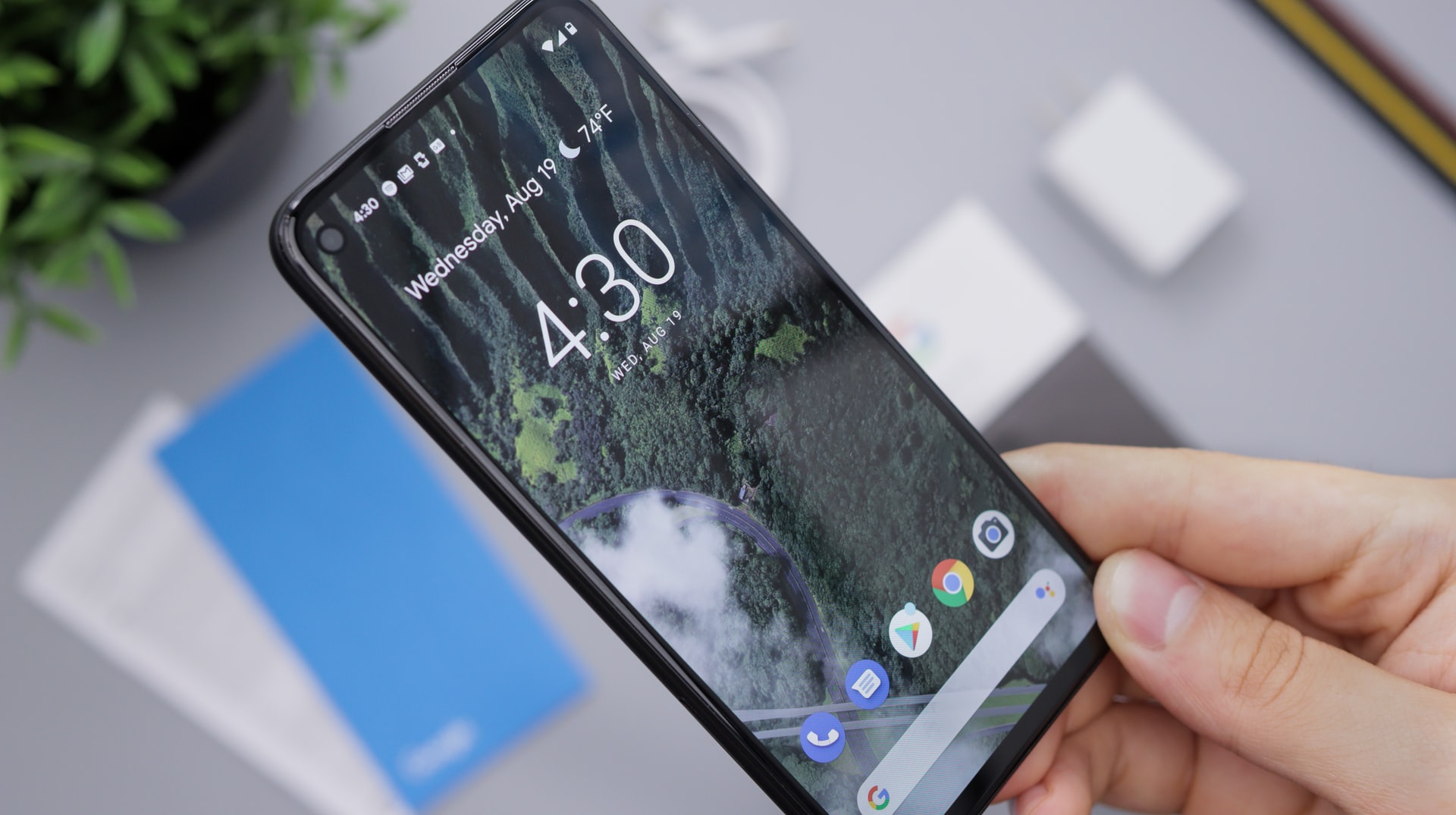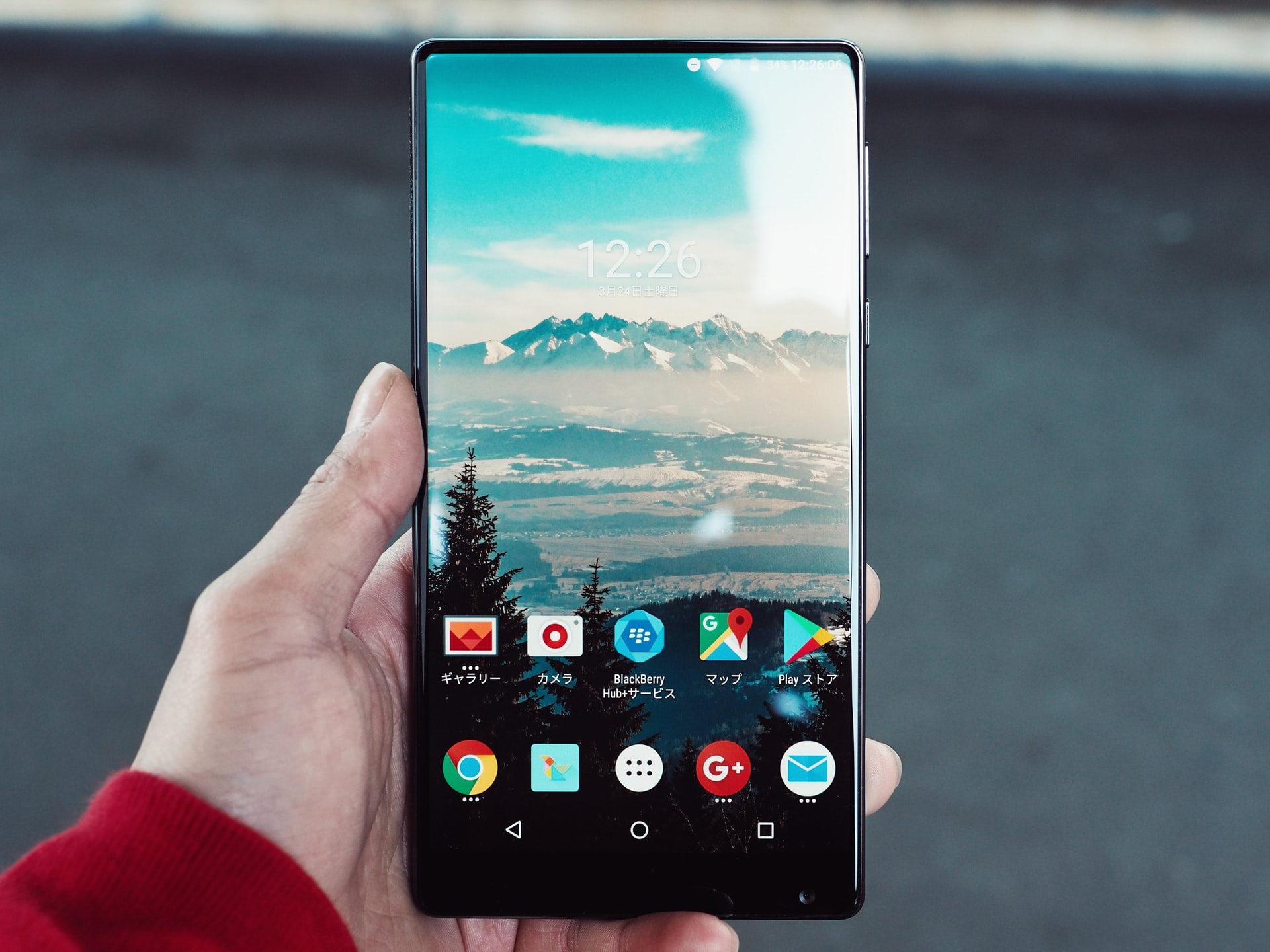
Emergency mode is a useful feature that many Android enthusiasts have found to be of great help. This feature is especially useful when you find yourself in a difficult situation. Emergency mode allows you limited access to the emergency features of your Android phone. This helps your handset preserve battery power for extended standby time.
When the emergency mode is on, your phone’s home screen changes to a black theme. Also, the screen’s brightness is lowered, and the frame rate is reduced as CPU speed is limited. The emergency mode also restricts app usage, only allowing you to access essential apps. Hence, you can select and turn off your mobile data even when the screen is off.
Usually, standard connectivity features like Bluetooth and Wifi are disabled on Android Emergency mode. However, the location settings are not affected, and they remain unchanged when you exit.
You can quickly learn how to exit the emergency mode on your Android device.

Exiting the Emergency Mode on Android Phone
Are you finding your Android phone always stuck in Emergency mode? You don’t have to panic! There’s a great way to solve this. Follow these easy steps to exit emergency mode anytime.
- Confirm if your phone is on Emergency mode by checking the Android phone display. Note that if you dial 9-1-1, your phone automatically goes into emergency mode to protect it from danger. Consequently, all the applications on your phone stop running.
- Locate “Emergency Only” or “Emergency.” It has a symbol indicating that your service is interrupted. Thus, it can signal that you are far from the towers used by your service provider. Once you move to a different area, your phone will automatically exit emergency mode.
- If you have tried the above options without success, press the pound key (#) on your cell phone to exit emergency mode. Dialing the pound key will automatically alert your Android phone that the emergency is over. Several numbers will come up on your screen. Dial the numbers to exit the emergency mode safely.
- Remove the battery while your Android phone is still on. Wait for between 5 to 10 minutes, put the battery in and then turn the phone back on. Your phone automatically resets, exits emergency mode, and starts functioning normally.
If your Android phone has a built-in battery, try switching it off with the power button. Allow your phone to be off for 5-10 minutes before rebooting it. If this doesn’t help, try to do a simulated battery pull to exit emergency mode.

Alternatively, remove the battery from your Android phone then remove the SD card. Reinsert the battery, switch the phone on without the memory card, and safely exit emergency mode.
- If all of these options fail, you can take your phone back to the service provider. The technician will help you reset your phone. He may also advise for the replacement of the SIM card.
If you use Samsung, you can take the following steps to exit emergency mode safely.
Exiting Emergency Mode on Samsung Device
- Tap the “overflow menu” (three dots located in the top right corner)
- Click “Turn Off Emergency Mode”
Alternatively, you can exit the Emergency Mode on your Samsung phone by holding the power button until the power-off appears before releasing it. Wait for a few seconds for the change to actualize.
Turning On ” Emergency Mode” on Samsung
To turn Emergency Mode on Samsung, follow these steps:
- Switch on your phone.
- Press and hold the Power Button until the “Power Off” appears, then release.
- Tap the “Emergency Mode” icon in the list of options.
- Read the terms and conditions.
- Select the “I have read” option, then click “Agree.”
- Read the disclaimer then tap on it.
- Allow approximately 30 seconds for the change to actualize.
Exiting “Emergency Calls Only” With Androids
There is no need to have a phone which cannot serve you. What should you do if your Android phone always indicates “emergency calls only”?
First, try to power- cycle your cell phone. Switch off the phone and let it remain off for some 30 seconds before turning it on again. Try your phone to check if it is functioning normally. The idea is: Restarting your phone forces it to reconnect to mobile networks. This is especially true if a software malfunction triggered the problem.

You can also try the second level reset if power cycling fails. Simply unplug the phone from its charger and remove the battery while the phone is on to perform this action.
If your phone has an in-built battery, you will be forced to do a second level reset before moving into the subsequent step in troubleshooting.
Lastly, check your SIM card. The card directly links your phone to the mobile network provider and is a significant factor when you get on emergency calls only mode. Therefore, it would help if you check your SIM card to detect any signs of damage. Further, review the connectors to ensure they are clean. In case you notice any signs of wear, go to the nearest service provider agent and get a SIM card replacement.
How to Turn On Emergency Mode in Android
As you’ll learn, it doesn’t take a rocket scientist to turn on emergency mode in an Android phone. Follow these simple steps:
- Press and hold the Android power button for some seconds.
- Tap “Emergency Mode.”
- Read the “terms and conditions,” then click “agree.” Select “Turn On” in the pop-up window to enable emergency mode.
- Press the “+” button to add the app to the simplified home screen. This is because it allows only selected apps to be functional in emergency mode.
Final Thoughts
Exiting emergency mode is a great challenge for many Android users. However, if you carefully use the suggestions discussed here, you can be sure you will be miles ahead in conclusively fixing the problem to have your phone functioning normally again.
That’s it.
The emergency mode feature is straightforward to use and can prove to be of great help if you wish to save your battery power. Choose your preferred method to exit emergency mode and enjoy unparalleled service with your phone or another device.



Join The Discussion: